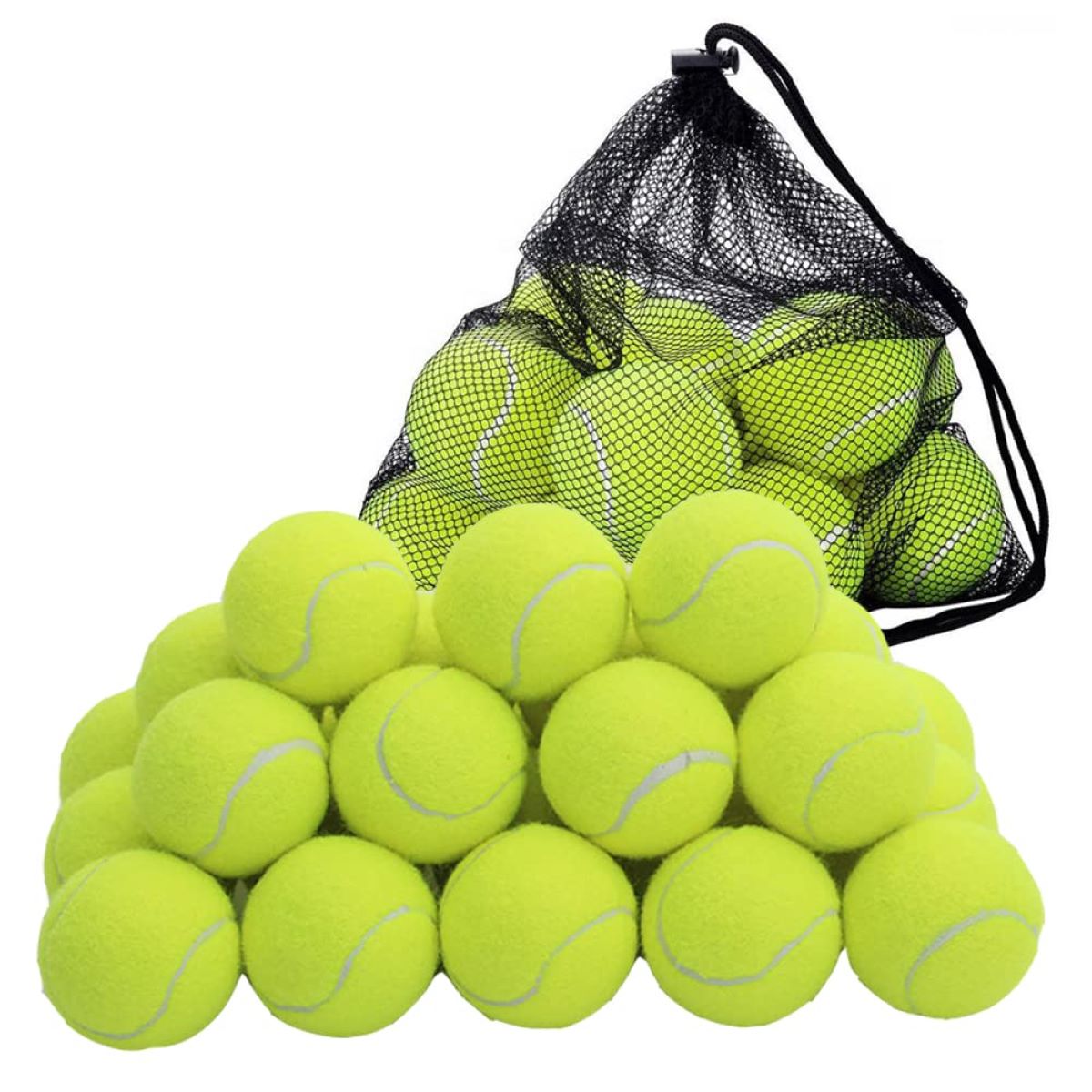

Articles
How To Store Tennis Balls
Modified: May 6, 2024
Looking for articles on how to store tennis balls? Discover expert tips and tricks for keeping your tennis balls in perfect condition and ready for your next game.
(Many of the links in this article redirect to a specific reviewed product. Your purchase of these products through affiliate links helps to generate commission for Storables.com, at no extra cost. Learn more)
Introduction
Welcome to our comprehensive guide on how to store tennis balls. Whether you’re a dedicated tennis player or simply enjoy an occasional game, proper storage is essential to keep your tennis balls in optimal condition. Tennis balls can lose their bounce and performance if not stored correctly, which can be frustrating during a match. In this article, we will cover everything you need to know about choosing the right storage container, considering temperature and humidity, keeping the balls dry, avoiding exposure to sunlight, and proper handling and storage techniques.
Tennis balls are designed with specific characteristics to ensure a consistent and reliable performance on the court. Each tennis ball has a rubber core, covered with a felt-like material. Over time, the rubber can deteriorate, and the felt can become worn, affecting the bounce and playability of the ball.
By following the tips and techniques outlined in this guide, you’ll be able to prolong the life of your tennis balls and maintain their performance for a longer time. Let’s jump into the details and learn how to properly store your tennis balls.
Key Takeaways:
- Proper storage and handling of tennis balls are crucial for maintaining their performance and durability. Choose the right container, keep them dry, and protect them from sunlight to ensure consistent playability.
- By following proper storage techniques, you can extend the lifespan of your tennis balls and enjoy a more consistent playing experience. Avoid extreme temperatures, handle them gently, and store them in a dry, shaded environment.
Choosing the Right Storage Container
When it comes to storing tennis balls, it’s important to choose the right container to keep them in. The container you use should provide protection from external factors that can affect the quality of the balls. Here are some key considerations for selecting the right storage container:
- Airtightness: Look for a storage container that is airtight. This will prevent air from seeping in and causing the balls to deteriorate. Airtight containers also prevent moisture from entering, which can lead to the growth of mold or mildew on the balls.
- Durability: Opt for a container that is made of sturdy and durable material. Tennis balls can be quite resilient, but it’s still important to protect them from any potential damage. A durable storage container will ensure that the balls remain in good condition even if the container experiences some rough handling.
- Size: Consider the size of the container based on the number of tennis balls you need to store. If you have a large collection of balls, you might need a bigger container or multiple containers. Avoid overcrowding the balls in the container as it can lead to deformities and the loss of bounce.
- Visibility: It’s helpful to choose a transparent or semi-transparent container to easily identify the contents. This will save you time and effort when you’re looking for a specific ball.
- Portability: If you frequently travel with your tennis balls, look for a container that is lightweight and easy to carry. This will ensure that you can easily take your tennis balls with you wherever you go.
There are various options available for tennis ball storage containers. Some popular choices include plastic containers with airtight lids, resealable bags, and specialized tennis ball cans. Evaluate your needs and preferences to select the container that best suits your requirements.
Temperature and Humidity Considerations
Temperature and humidity are two critical factors that can greatly impact the condition of tennis balls. It’s important to store your tennis balls in an environment that is neither too hot nor too humid to ensure their longevity and performance. Here are some considerations to keep in mind:
Temperature: Extreme temperatures can have detrimental effects on tennis balls. High temperatures can cause the rubber core to expand, leading to a loss of bounce and overall performance. On the other hand, low temperatures can cause the rubber to contract, resulting in a decrease in bounce and a harder feel. It’s best to store tennis balls in a temperature-controlled environment to maintain their optimal performance.
Humidity: Excessive humidity can also have a negative impact on tennis balls. In high humidity conditions, the felt covering of the ball can absorb moisture, becoming heavy and soggy. This can affect the bounce and consistency of the ball during gameplay. Additionally, humidity can promote the growth of mold or mildew on the balls, leading to their deterioration. It’s advisable to store tennis balls in a dry environment to prevent these issues.
Avoid storing tennis balls in areas where temperature and humidity fluctuations are common, such as garages or basements. Instead, aim for storing them in a controlled environment like a closet or a dedicated storage area in your home. If necessary, you can consider using a dehumidifier or moisture-absorbing products to maintain the appropriate humidity level.
Lastly, it’s important to note that extreme temperature and humidity variations should be avoided during transportation as well. For example, leaving tennis balls in a hot car or exposing them to direct sunlight for extended periods can have a negative impact on their performance. Take precautions to protect your tennis balls during transit and avoid any extreme temperature or humidity conditions.
Keeping Tennis Balls Dry
Keeping your tennis balls dry is crucial for maintaining their performance and preventing degradation. Moisture, whether from humidity or other sources, can seep into the felt covering and affect the bounce and consistency of the balls. Here are some effective ways to keep your tennis balls dry:
- Store in a dry environment: As mentioned earlier, it’s important to store tennis balls in a dry environment to prevent moisture absorption. Choose a storage area that has low humidity, such as a closet or a dry room in your home.
- Use desiccant packets: Desiccant packets are small sachets that contain moisture-absorbing substances, such as silica gel or activated charcoal. Placing a few desiccant packets alongside your tennis balls in the storage container can help absorb any excess moisture and keep the balls dry.
- Replace wet balls: If your tennis balls do get wet, it’s best to replace them rather than attempting to dry them out. Wet balls can lose their bounce and become heavy, affecting your gameplay. It’s always better to have fresh, dry balls for optimal performance.
- Avoid playing in wet conditions: Playing tennis in wet or rainy conditions can result in soaked tennis balls. Whenever possible, avoid playing in these conditions to prevent the balls from becoming wet and potentially damaged.
- Use a towel: After playing a match or practicing, wipe off any moisture from the tennis balls using a clean towel. This will help remove excess moisture and prevent it from being absorbed into the felt covering.
By following these tips, you can ensure that your tennis balls stay dry and maintain their desired performance level. Dry balls will have a consistent bounce and feel, allowing you to enjoy a more enjoyable and competitive game.
Store tennis balls in a cool, dry place away from direct sunlight to prevent them from losing their bounce. Keep them in a sealed container to maintain their pressure and prevent dirt and moisture from getting in.
Avoiding Exposure to Sunlight
Exposure to sunlight can have detrimental effects on tennis balls. Prolonged exposure to UV rays can cause the rubber core of the balls to deteriorate and the felt covering to fade and become brittle. To keep your tennis balls in optimal condition, it’s important to take steps to avoid exposure to sunlight. Here are some tips to help protect your tennis balls:
- Store in a shaded area: When storing your tennis balls, choose a location that is away from direct sunlight. A closet or a storage container in a shaded area of your home is ideal for preventing sunlight exposure.
- Avoid leaving balls on the court: After playing a match or practice session, avoid leaving your tennis balls directly exposed to sunlight on the court. Direct sunlight can quickly heat up the balls and lead to damage.
- Use a ball hopper or bag: Invest in a ball hopper or a bag specifically designed for tennis balls. These containers often have a cover or lid that provides shade and protection from sunlight when the balls are not in use.
- Carry a shade umbrella: If you’re playing in an outdoor setting without natural shade, consider using a shade umbrella to protect yourself and your tennis balls from direct sunlight. This will help maintain the quality and performance of the balls during your game.
- Rotate balls during play: If you’re playing in sunny conditions, it’s a good practice to rotate your tennis balls periodically. By doing so, you can ensure that each ball gets equal exposure to sunlight, preventing uneven deterioration.
By taking these precautions, you can extend the lifespan of your tennis balls and maintain their performance on the court. Protecting them from excessive sunlight exposure will help preserve the integrity of the rubber core and prevent the felt covering from becoming damaged or faded. Remember, a well-maintained tennis ball will provide better control, bounce, and overall playability during your matches.
Read more: How To Store Tennis Rackets
Proper Handling and Storage Techniques
Properly handling and storing your tennis balls is essential for preserving their condition and ensuring their longevity. By following these techniques, you can keep your tennis balls in optimal shape for extended periods. Here are some tips to help you handle and store your tennis balls:
- Avoid excessive force: When handling tennis balls, avoid applying excessive force or squeezing them tightly. Excessive pressure can lead to deformities in the rubber core and compromise the ball’s bounce and performance.
- Use a ball pressurizer: A ball pressurizer is a device designed to maintain the pressure and freshness of tennis balls. Placing your tennis balls in a ball pressurizer can help retain their bounce and playability. This is especially useful if you have a large number of tennis balls and want to keep them in optimal condition for an extended period.
- Release built-up pressure: Over time, tennis balls can accumulate internal pressure, causing them to lose their bounce. To release the built-up pressure, simply press down on the balls using your palm or a tennis racquet. This will help restore their bounce and performance.
- Rotate the balls: To ensure even wear and maintain consistency among your tennis balls, it’s advisable to rotate them regularly. This means using different balls for each practice or match, rather than focusing on one set. By rotating the balls, you can spread out the wear and tear and ensure that all the balls have a similar level of playability.
- Keep balls away from pets: If you have pets, it’s important to keep your tennis balls out of their reach. Dogs, in particular, may be tempted to chew on the balls, which can lead to damage and render them unusable.
When it comes to storage, we have already discussed choosing the right container in a previous section. However, there are a few additional tips to keep in mind:
- Keep balls off the ground: When storing tennis balls, avoid placing them directly on the ground. This can expose them to dirt, moisture, and potential damage. Utilize shelves, racks, or other elevated surfaces to keep them off the ground.
- Label or mark the balls: If you have multiple sets of tennis balls or need to differentiate between practice and match balls, consider labeling or marking them for easy identification. This can be done with colored stickers or permanent markers.
- Inspect balls periodically: Regularly inspect your tennis balls for signs of wear, damage, or loss of bounce. If you notice any significant deterioration, it may be time to replace them with a new set.
By following these handling and storage techniques, you can prolong the lifespan of your tennis balls and ensure that they provide optimal performance every time you step onto the court.
Frequently Asked Questions (FAQs)
Q: How long do tennis balls last?
A: The lifespan of tennis balls can vary depending on usage, storage conditions, and the quality of the balls. On average, tennis balls can last between 2 to 4 weeks of regular play before they start to lose their bounce and performance. However, by using proper storage techniques and rotating the balls, you can extend their lifespan.
Q: Can I revitalize old tennis balls?
A: It is possible to revitalize old tennis balls to some extent. One method is to soak them in warm water for a short period to help reactivate the rubber core. Another option is to use a ball pressurizer, which can help restore the pressure and bounce of the balls. However, keep in mind that these methods may not fully restore the balls to their original condition.
Q: Can I use tennis balls that have lost their pressurization?
A: Tennis balls that have lost their pressurization can still be used for certain activities. While they might not perform as well in a competitive match, they can be suitable for beginner practice sessions or recreational play. Additionally, these balls can be used for other purposes, such as dog toys or crafts.
Q: Can I store tennis balls in the refrigerator?
A: Storing tennis balls in the refrigerator is not recommended. The cold temperature can cause the rubber to contract, resulting in a loss of bounce and performance. It’s best to store tennis balls in a cool, dry place at room temperature for optimal preservation.
Q: Can I store tennis balls in a vacuum-sealed bag?
A: Vacuum-sealed bags are not recommended for storing tennis balls. The airtight seal can lead to excessive pressure build-up inside the balls, causing them to lose their bounce. It’s better to store tennis balls in a container that allows some air circulation while still protecting them from external factors such as moisture and sunlight.
Q: How many tennis balls should I store per container?
A: The number of tennis balls per container depends on the size of the container and your personal preference. It’s important to avoid overcrowding the balls, as this can cause them to lose their shape and bounce. Ensure that there is enough space for the balls to move freely within the container.
Q: Can I use a regular plastic container for storing tennis balls?
A: Yes, a regular plastic container with a secure and airtight lid can be a suitable option for storing tennis balls. Just ensure that the container is clean, dry, and free from any sharp edges that could potentially damage the balls.
Q: How often should I check my tennis balls for wear and tear?
A: It’s a good practice to periodically inspect your tennis balls for signs of wear and tear. Check for any visible damage, such as cracks in the rubber or significant wear on the felt covering. If you notice any significant deterioration or loss of bounce, it may be time to replace the balls with a new set for optimal performance.
Q: Can I store tennis balls in a garage?
A: Storing tennis balls in a garage is generally not recommended, as garages can be prone to temperature fluctuations and humidity. Extreme temperatures and high humidity levels can negatively affect the quality of the balls. If you must store them in a garage, opt for a temperature-controlled storage box or container to minimize the impact of these factors.
Q: Can I reuse tennis balls that have been used on clay courts?
A: Yes, you can reuse tennis balls that have been used on clay courts. Just ensure that you remove any excess clay or dirt from the felt covering before storing them. Cleaning the balls with a damp cloth can help remove surface debris, allowing them to be reused effectively.
If you have any other questions or concerns about storing tennis balls, we recommend reaching out to the ball manufacturer or consulting with a tennis professional for further guidance.
Conclusion
In conclusion, proper storage and handling of tennis balls are vital to maintain their bounce, performance, and durability in the long run. By following the guidelines outlined in this comprehensive guide, you can ensure that your tennis balls stay in optimal condition for a longer time.
Choosing the right storage container, considering temperature and humidity, keeping the balls dry, avoiding exposure to sunlight, and using proper handling techniques all play crucial roles in preserving the quality of tennis balls. These steps help prevent damage, maintain pressure, and ensure consistent playability.
Remember to select airtight and durable containers, store the balls in a dry environment, and keep them away from direct sunlight and extreme temperatures. Utilize proper handling techniques, rotate the balls, and regularly inspect them for wear and tear. By implementing these practices, you can enjoy longer-lasting tennis balls that retain their performance on the court.
Additionally, we addressed frequently asked questions that may arise when it comes to storing tennis balls. From understanding the lifespan of tennis balls to tips on reviving old balls and the best storage practices, these FAQs provide further clarity on the topic.
By incorporating these tips into your tennis ball storage routine, you’ll be able to maintain the quality and performance of your tennis balls, ensuring your continued enjoyment on the court. Remember, the right storage methods can significantly extend the lifespan of your tennis balls and provide a consistent playing experience each time you take to the court.
Excited about keeping tennis balls in tip-top shape? Imagine what optimal ball storage solutions could do for all sorts of sports equipment. Dive into our detailed guide on the best options available for storing various types of balls, ensuring they're always game-ready and in pristine condition. Whether you're a coach, player, or sports enthusiast, finding the right storage solution is key to maintaining the quality and longevity of your gear. Don't miss out on discovering the perfect way to keep everything organized and accessible.
Frequently Asked Questions about How To Store Tennis Balls
Was this page helpful?
At Storables.com, we guarantee accurate and reliable information. Our content, validated by Expert Board Contributors, is crafted following stringent Editorial Policies. We're committed to providing you with well-researched, expert-backed insights for all your informational needs.
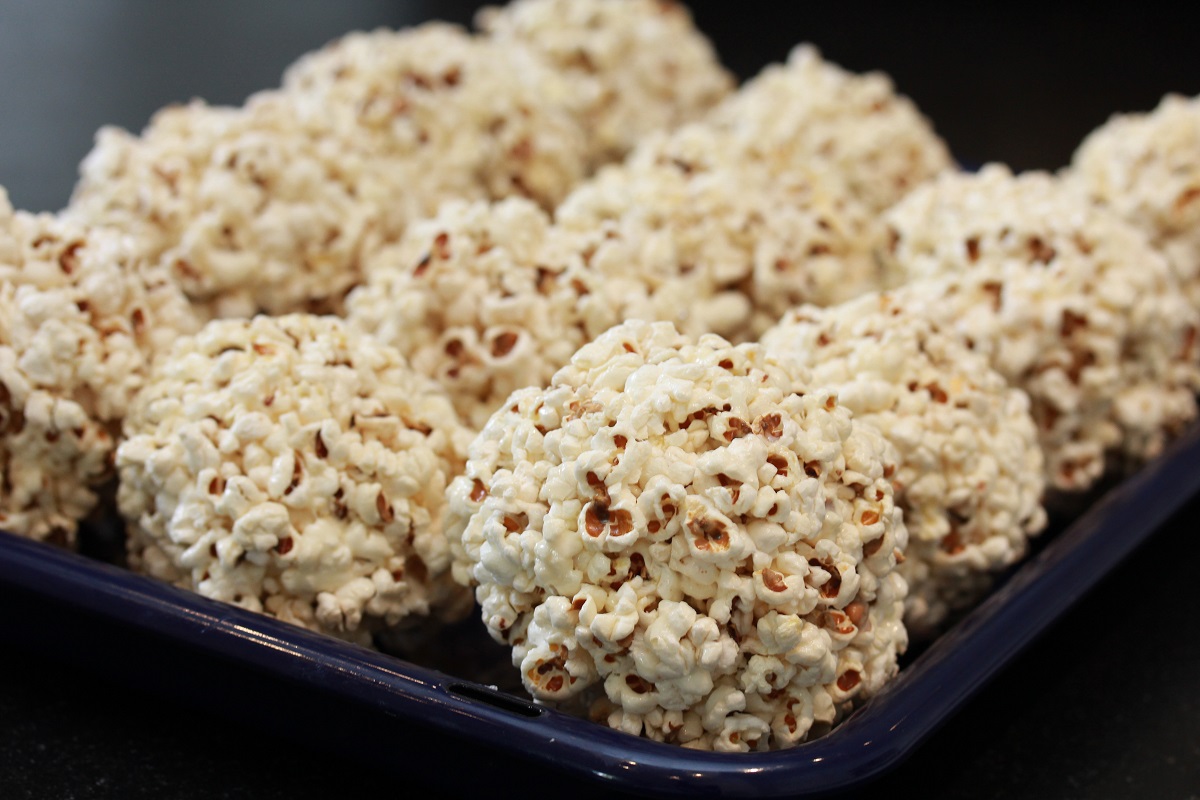
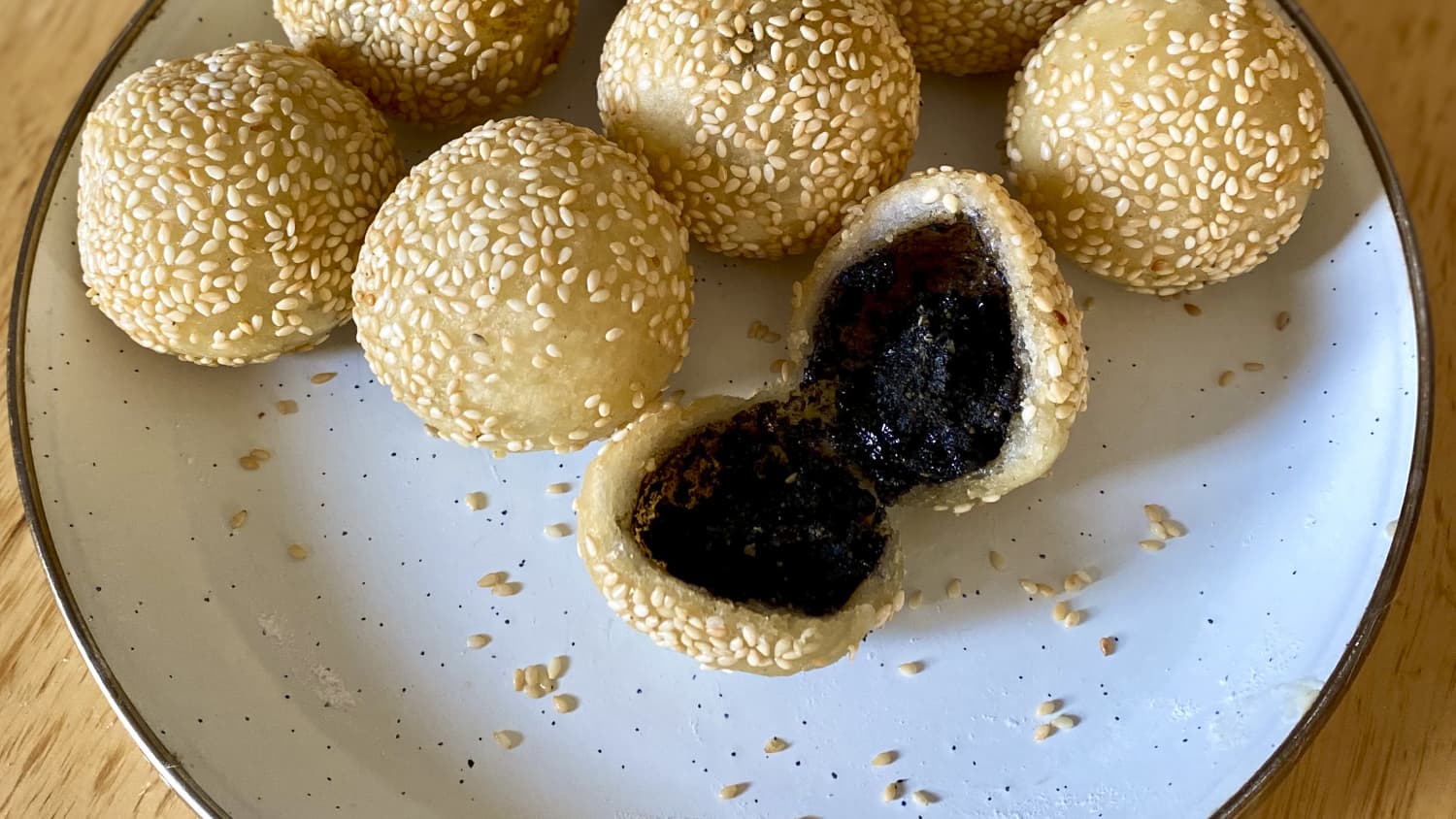
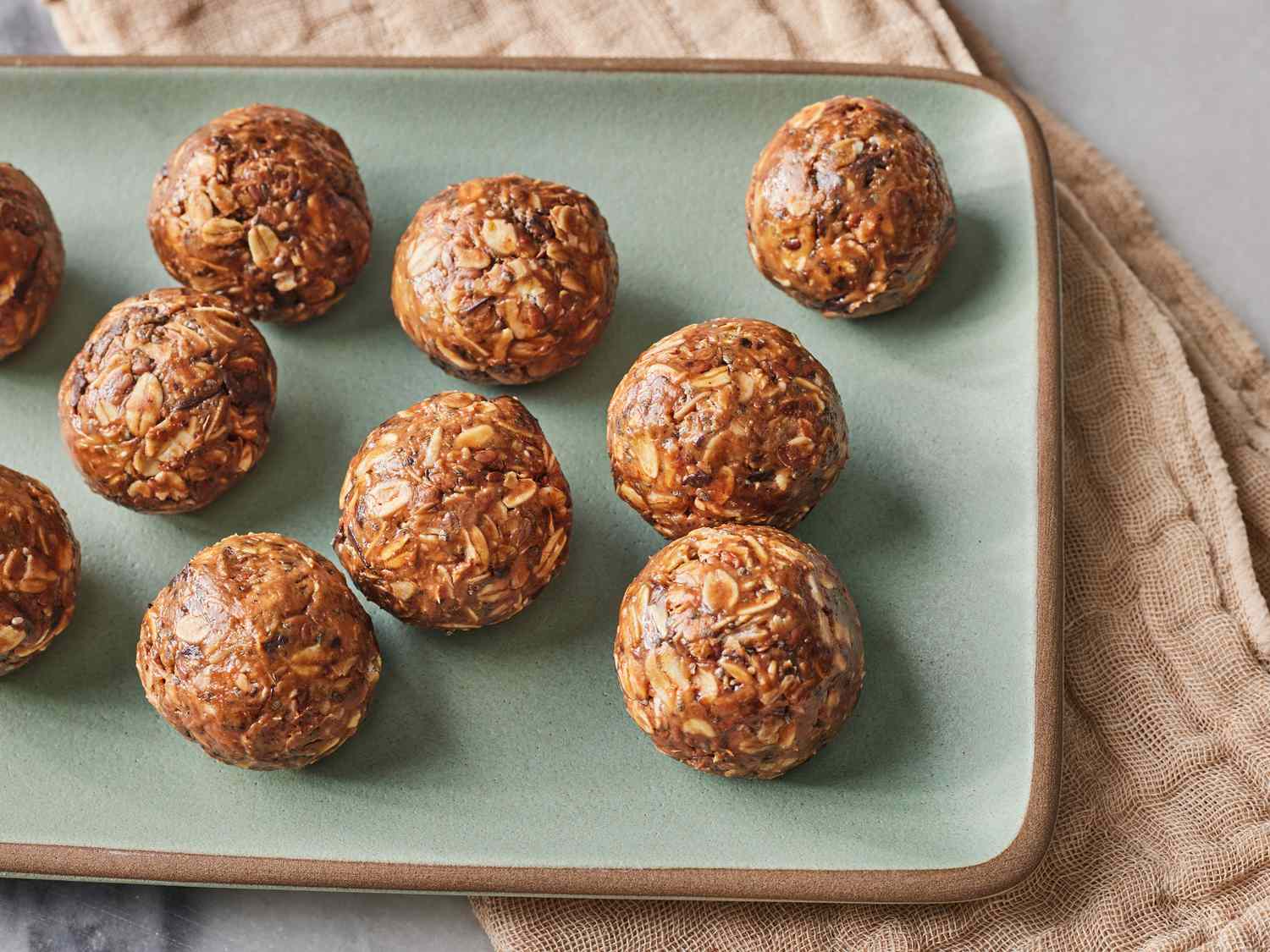
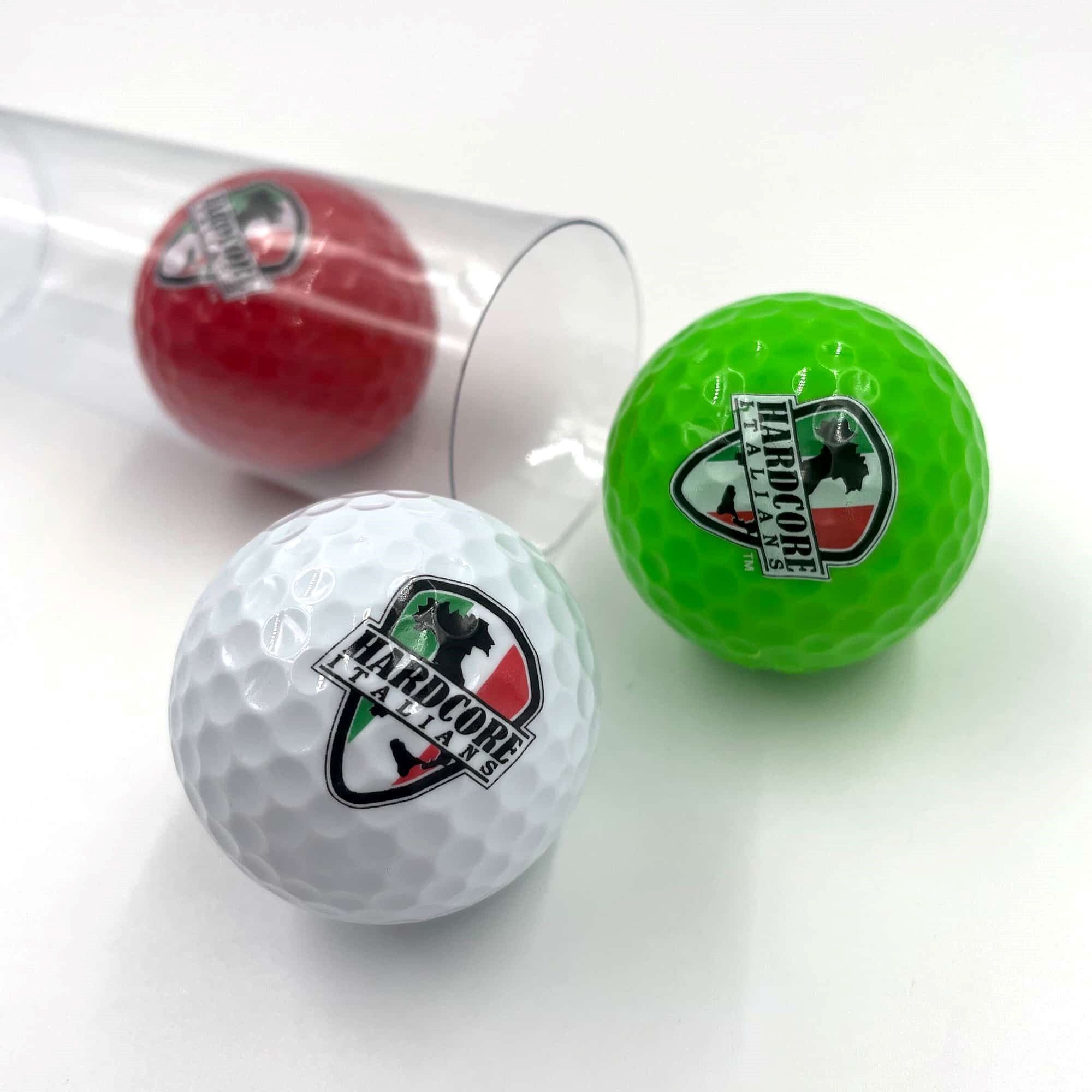

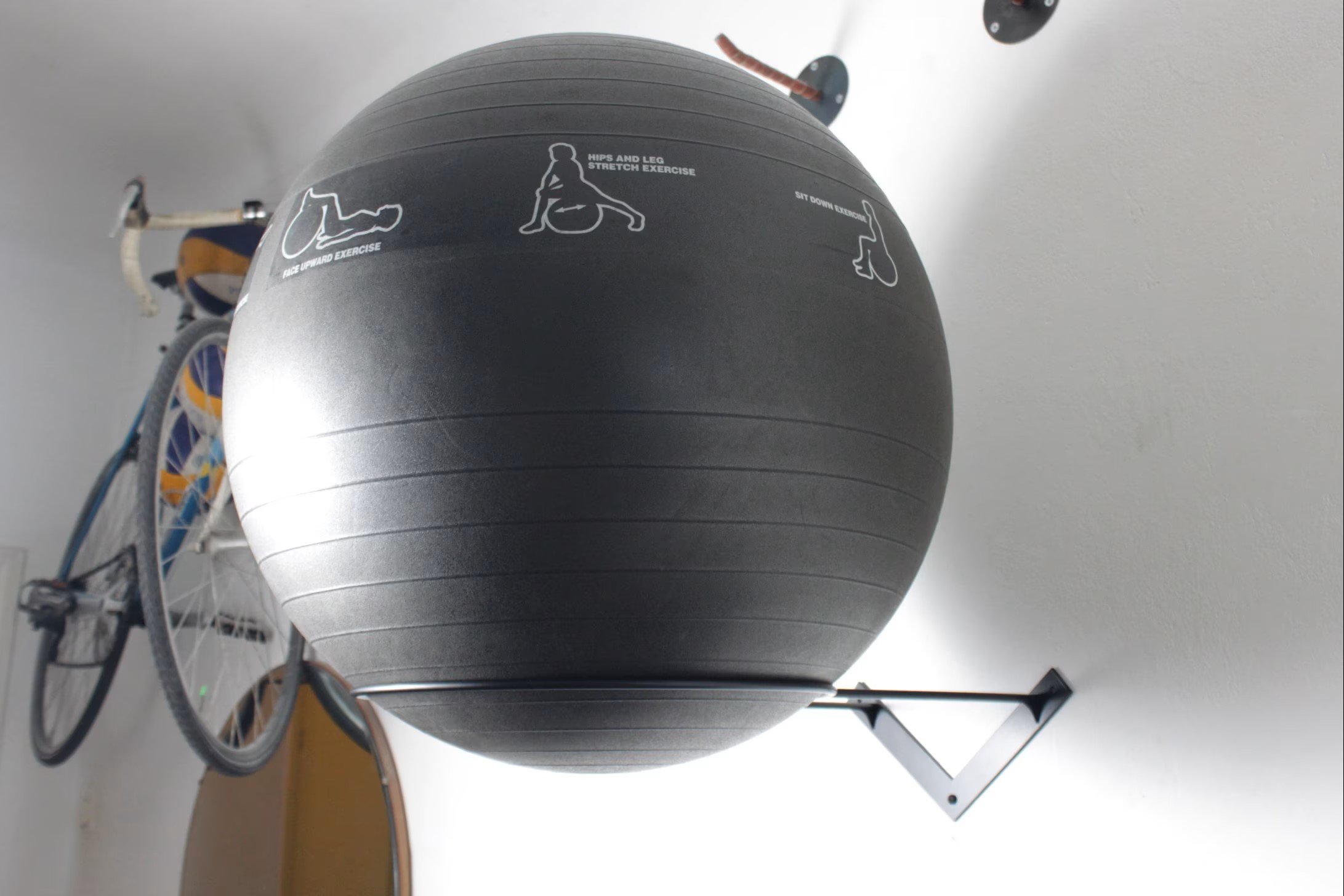
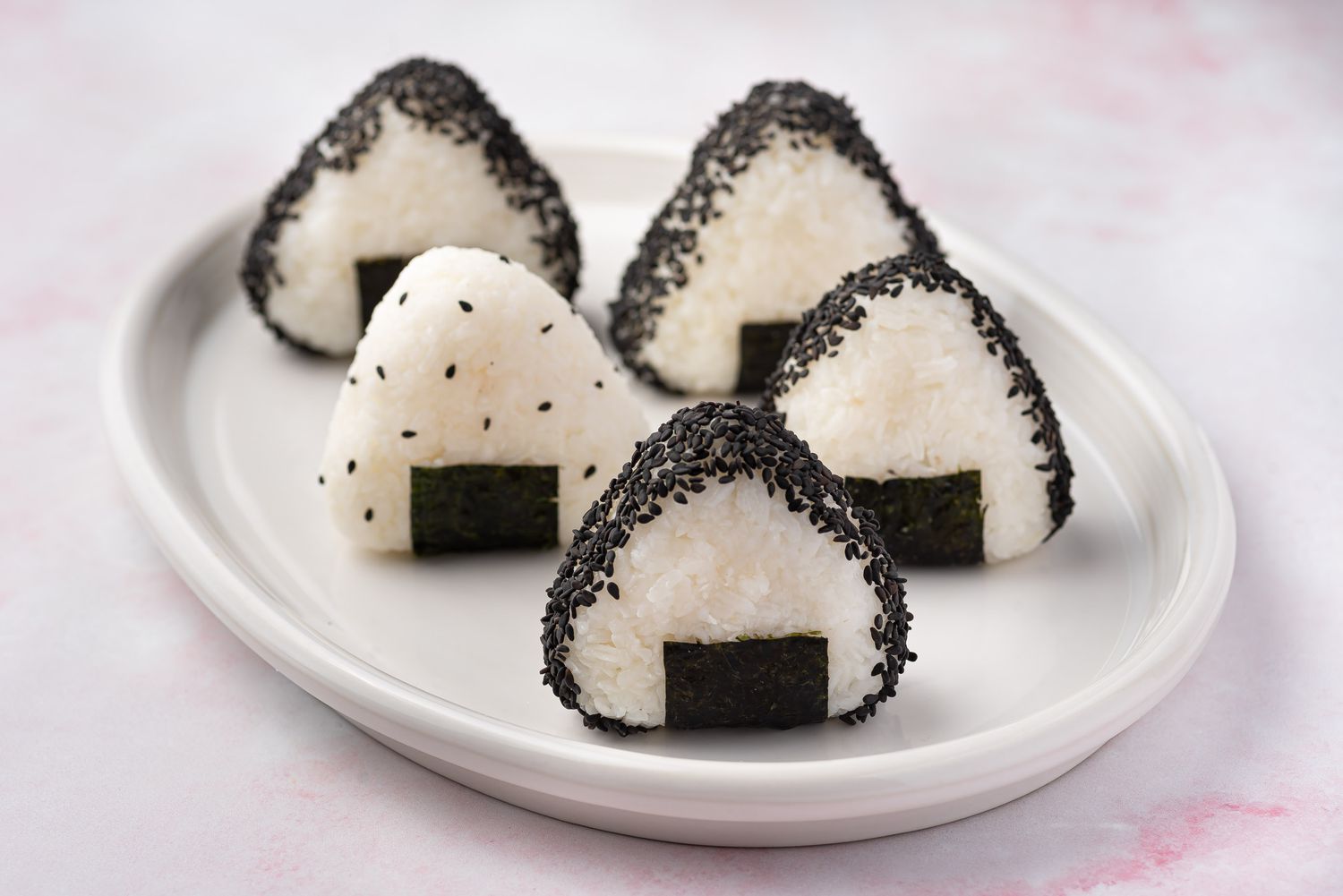

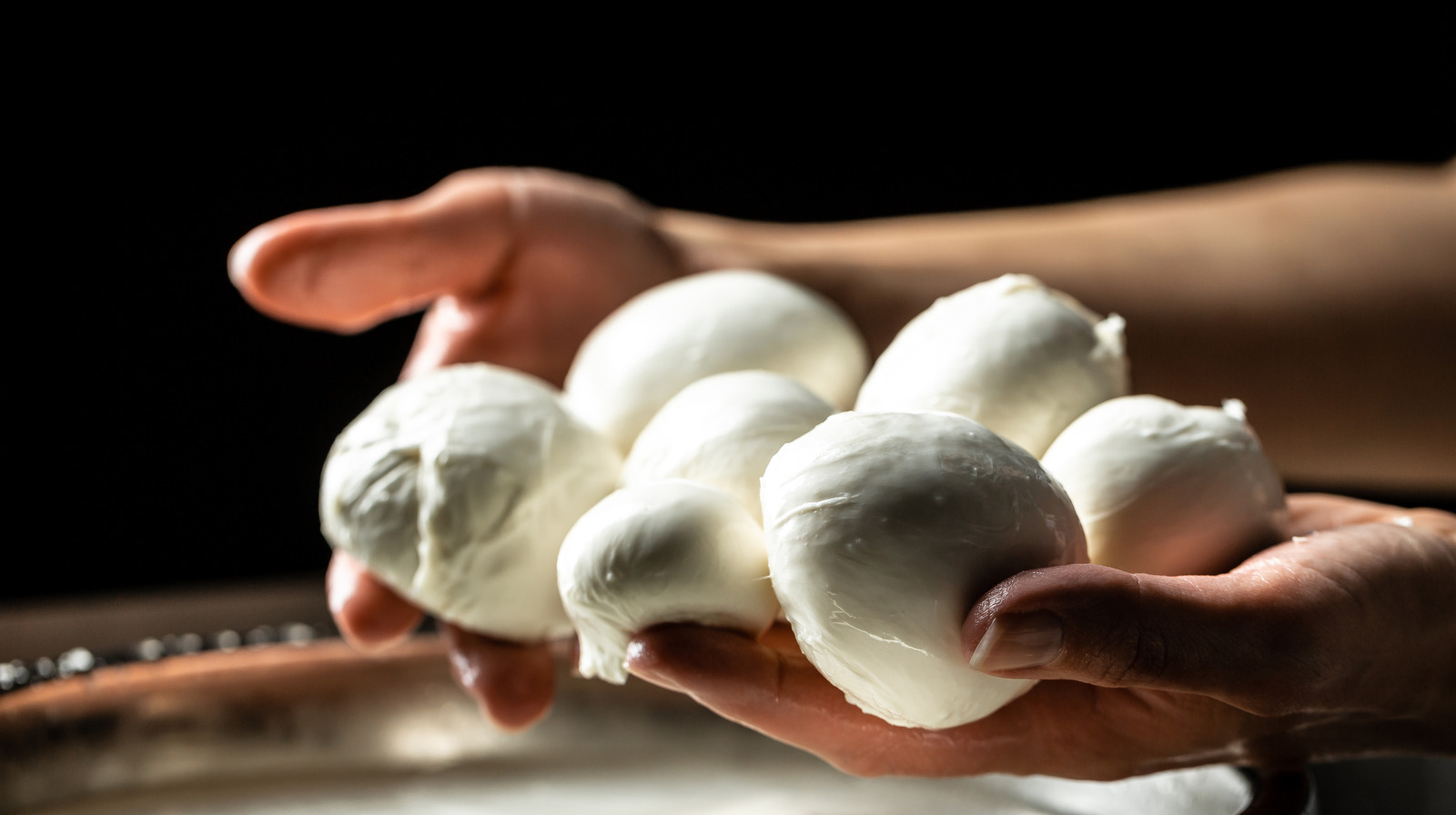
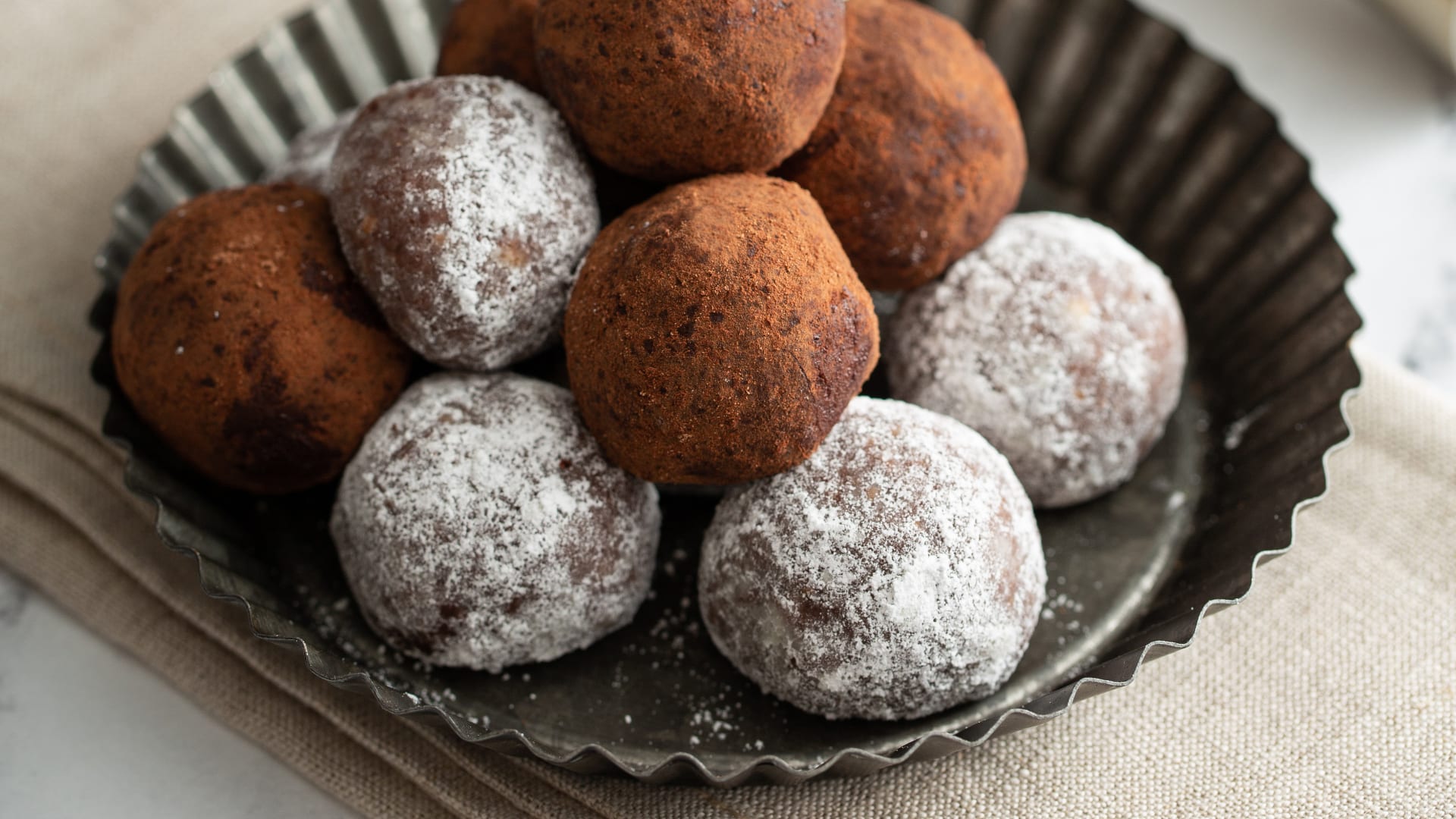

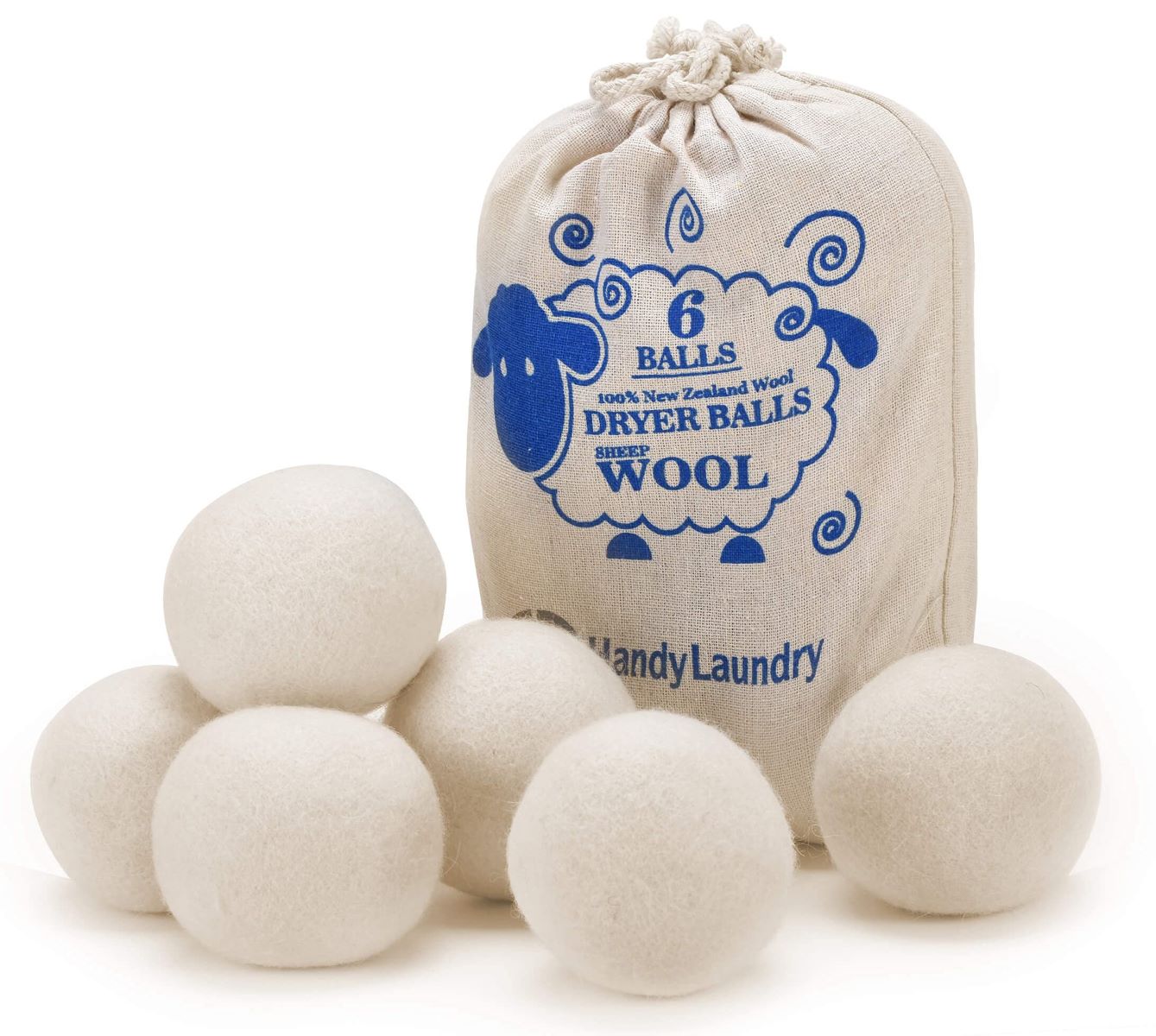



0 thoughts on “How To Store Tennis Balls”